Since the pandemic years, tenants are increasingly demanding office and industrial spaces that are well-ventilated, reduce the heavy reliance on heating and cooling, and make good use of natural light.
Sustainability has historically focused on energy and water but COVID shone a light on the importance of indoor air quality and ventilation for staff wellbeing and staff satisfaction.
Air quality and ventilation
Air quality and ventilation are measured by three rating systems: WELL, NABERS (National Australian Built Environment Rating System) and Green Star.
The latest technology in ventilation systems includes UV sterilisation, which kills bacteria and viruses in air-handling units. Cutting-edge systems can also continuously pump in fresh air while simultaneously exhausting stale air to ensure workplaces maintain healthy standards.
Increased demand for such systems comes with growing awareness of airborne diseases, which was heightened during the pandemic, and unsafe air qualities, as experienced during the 2020 bushfires when smoke blanketed many towns and cities.
Why is it important?
With Australians spending 90 percent of their time indoors, according to the Australian Institute of Refrigeration, Air Conditioning and Heating (AIRAH), the push for more innovative air quality improvements is ramping up.
The City of Melbourne led a groundbreaking research project on ventilation systems, called the BREATH project. The study evaluated three different ventilation systems in a vacant CBD building over a three month period.
Displacement ventilation air conditioning, in-ceiling air filters, and natural airflow through open windows were all tested. All three ventilation systems reduced the potential transmission of airborne viruses when compared to mixed ventilation.
Displacement ventilation air conditioning, which supplies air from floor level, was the most effective and energy efficient, according to the report. The system reduced COVID-19 transmission by 83 percent, while reducing energy consumption by 20 percent. A downside, however, was that it was the most expensive system to install.
In-ceiling air filters reduced virus transmission by 49 percent, but increased energy consumption by two per cent. On the other hand, opening windows reduced virus transmission by 53 percent, but increased energy use by up to 20 percent because of seasonal temperature variations. The report added that opening windows is not available to all office buildings and is not a viable solution due to Melbourne's climate.
What can landlords do?
Some landlords are approaching the issue differently with the integration of outdoor areas within their offices or by bringing the outdoors in, as part of a worldwide architectural trend known as biophilia, in which plants are used to add natural air filtration to a building and lower its carbon emissions.
Here at MPE Group, we have a skilled team of HVAC technicians and Interior Fitout Specialists ready to help make your space feel right for prospective tenants and meet the standards for a healthy, safe workplace. Contact us today to see how we can help.

